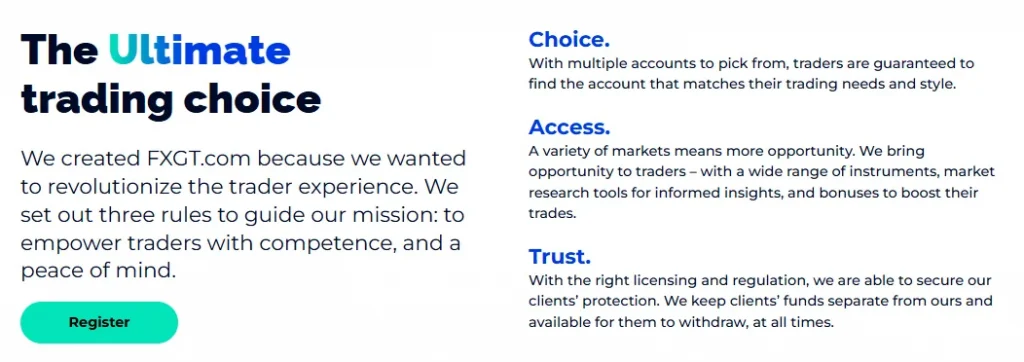Foundations of Moving Average Analysisй
In South African trading environments, MT5’s moving averages serve as vital decision-making tools. These sophisticated indicators help traders navigate the unique volatility patterns of the JSE (Johannesburg Stock Exchange) and local forex markets. Moving averages transform complex price movements into actionable trading signals, particularly during the overlap between South African and European sessions. Local traders leverage these indicators to capitalize on ZAR pair movements and commodity-driven market shifts.

MT5 Moving Average Variations for SA Markets
Simple Moving Average (SMA):
- Uniform price point weighting
- Reduced noise sensitivity
- Ideal for JSE equity trends
- Popular among value investors
Exponential Moving Average (EMA):
Exponential Moving Average (EMA):
- Enhanced recent price emphasis
- Swift market response
- Perfect for ZAR pair trading
- Favored by professional traders
Smoothed Moving Average (SMMA):
- Advanced noise filtration
- Steady trend identification
- Optimal for commodity correlations
- Used in institutional trading
Period Settings Matrix for SA Trading Sessions
| Market Focus | Fast MA | Medium MA | Slow MA | Recommended Timeframe |
| ZAR Scalping | 4-6 | 9-12 | 18-22 | M1-M5 |
| JSE Day Trading | 8-12 | 15-25 | 35-45 | M15-H1 |
| Commodity Pairs | 12-18 | 30-40 | 60-80 | H1-H4 |
| Index Trading | 20-30 | 40-60 | 90-120 | H4-D1 |
| Global Markets | 40-60 | 80-100 | 150-200 | D1-W1 |
Strategic Implementation for SA Markets
Critical considerations for South African trading conditions:
Market-Specific Elements:
• ZAR volatility patterns
• Commodity price impact
• JSE trading hours
• International market correlations
• Local economic indicators
Lorem ipsum dolor sit amet, consectetur adipiscing elit. Ut elit tellus, luctus nec ullamcorper mattis, pulvinar dapibus leo.
South African Risk Parameters
Essential risk considerations for local market conditions:
Money Management Rules:
- Maximum 1.5% risk allocation
- ZAR exposure limits
- Commodity correlation hedging
- Session-based position sizing
Protection Mechanisms:
- Volatility-adjusted stops
- News event buffers
- Correlation-based hedging
- Multiple timeframe validation
Specialized MT5 Configurations
Advanced Setup Requirements:
Multi-Market Analysis:
- JSE-forex correlations
- Commodity impact assessment
- Global market influences
- Local market dynamics
Technical Integration:
- Momentum confirmation
- Volatility filters
- Volume analysis
- Pattern recognition
South African Market Dynamics
Essential market considerations:
Trading Environment:
• Dual market influence (JSE/Forex)
• Resource sector impact
• Political risk factors
• Regional economic ties
Implementation Framework
Operational Protocol:
System Architecture:
- Session-specific settings
- Alert methodology
- Risk parameter integration
- Performance tracking
Validation Process:
- Historical performance analysis
- Real-time monitoring
- Strategy optimization
- Risk assessment review

FAQ
What MA settings work best during JSE hours?
During JSE hours (9:00-17:00 SAST), 10/20/50 MA combination proves effective for equity trading, while 5/13/26 works better for ZAR pairs.
How should MA settings adapt to SA market volatility?
Increase MA periods during high volatility (typically 14:00-16:00 SAST) by 20-30% and reduce during calmer periods to optimize signal accuracy.
Which timeframes suit SA commodity-linked trading?
For commodity-linked pairs, H1 and H4 timeframes with 12/26/50 MA setup provide reliable signals during London-SA session overlap.
Can MT5 MA settings help manage ZAR volatility?
Yes, using adaptive MA settings (shorter during high volatility, longer during stable periods) with ATR filters helps manage ZAR-specific movements.
How often should SA traders review MA configurations?
Conduct bi-weekly reviews during stable periods, and weekly adjustments during high-impact economic events or significant market shifts.













